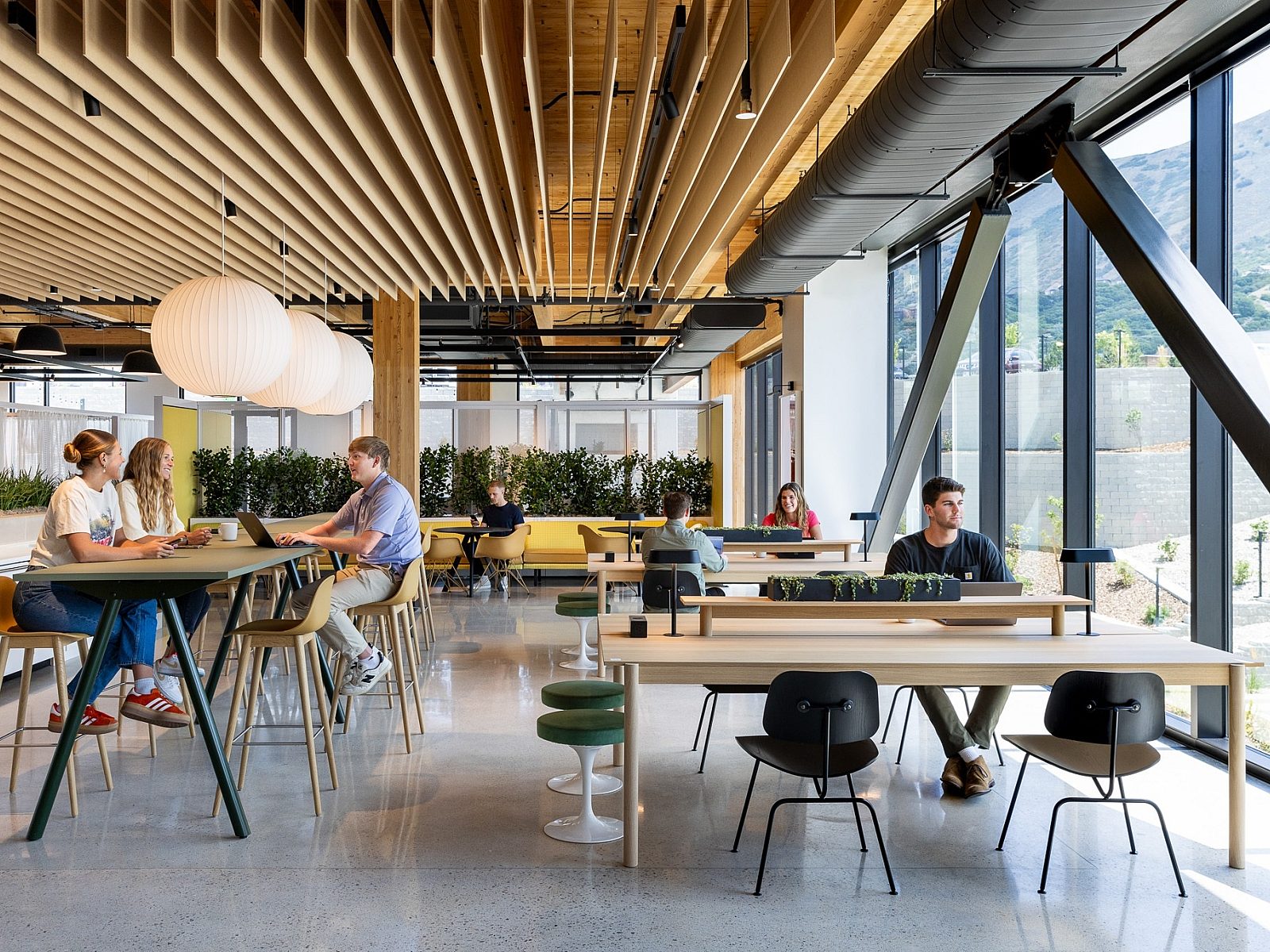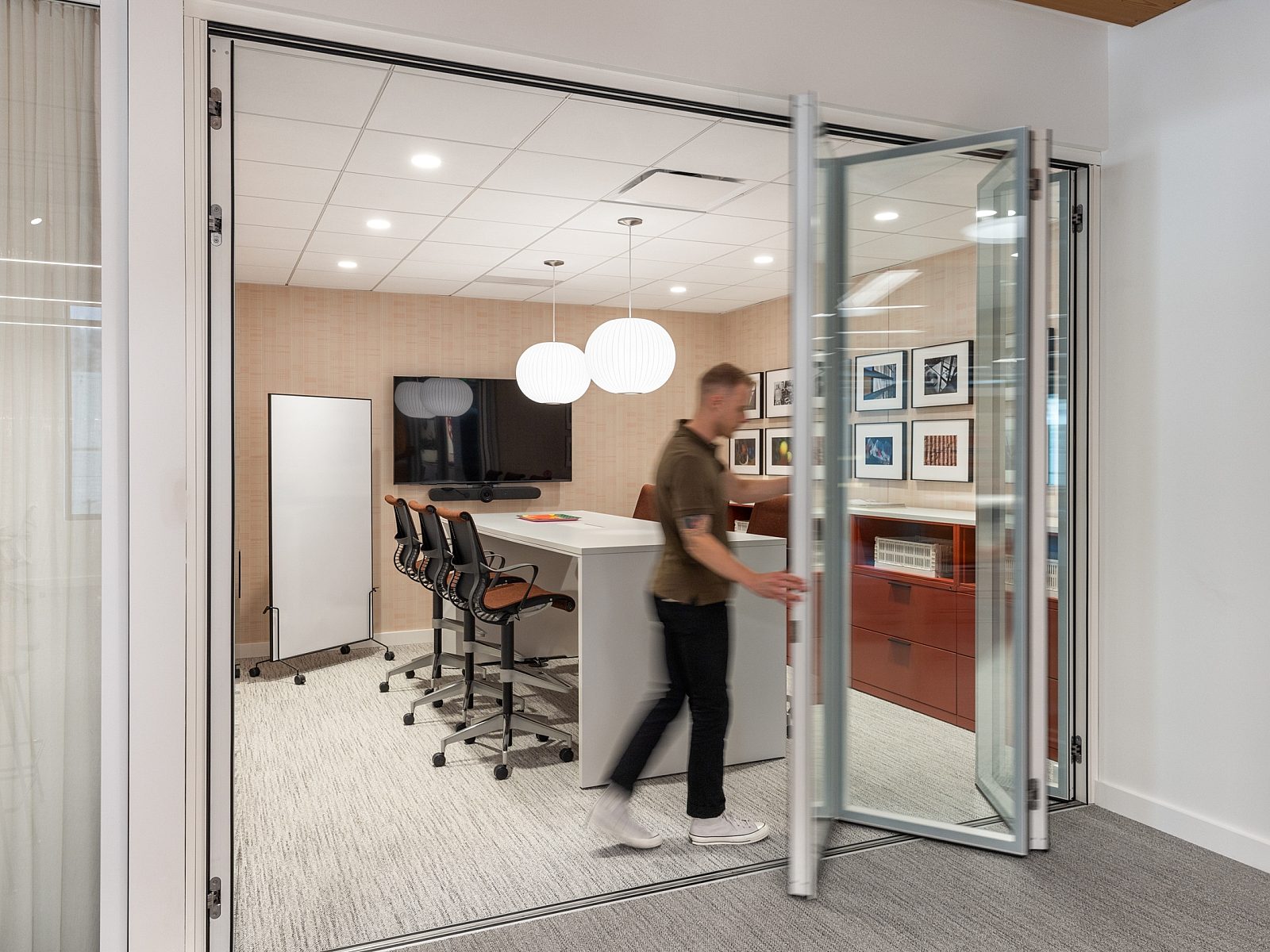Improving Attraction and Retention in Your Office
Economies have come a long way since the recession, nearly a decade ago. The largest segment of the workforce is now made up of the high school students from the last millennium, and the tech industry is seeing what may be its biggest boom yet.

While unemployment has gone down significantly in recent years, turnover is reaching new heights. In this article, we’ll share expert advice around improving employee attraction and retention within your own organization.
Flexibility is the first buzzword to note, and one that Human Resource professionals and company stakeholders should always keep in mind. The younger workforce often gets a bad rap for their demanding nature; the desire to have flexible hours, for example, is often misconstrued with poor work ethic. Across all generations, there seems to be an increased expectation of flexibility. There’s an important distinction to be made here, and that is that these employees don’t want to work less, they just want to work freely. One recent study proved that Millennials actually prefer to work longer hours than any tenured generation (Harvard Business Review).

Allowing employees to have more control over their work hours is key, and with so many companies rising to the occasion, it’s no surprise that employees are opting out of their 9-to-5 desk jobs and seeking roles that allow for more work-life balance. The companies that offer support to work from home, work remotely, and move around the office are steps ahead in improving both their talent attraction and retention than traditional cultures (Forbes).
In addition to flexibility, potential job candidates are also looking for more career freedom. Not only are employers expected to offer fluid work hours, but the current workforce also prefers organizations that have ditched the antiquated ladder-based career structure for a more webbed one (Forbes). This means that employees want to have a variety of learning and growth opportunities that are beyond their traditional vertical scope of employment. For example, rather than being promoted inter-departmentally, many employers are offering opportunities to explore different career paths within the same organization. The entrepreneurial spirit that drives Tech culture fosters the ultimate freedom-- being able to work on personal projects and hobbies while also learning about and contributing to the organizational cause. While it may sound counter-intuitive to let employees spend time on activities that aren’t directly correlated to their current position, recent research is indicating that this type of freedom is actually what keeps employees engaged for the long-haul (Fortune).

With traditional structures and roles changing, the physical spaces that accommodate work are also being optimized. Harvard Business Review recently noted, ”Few companies measure whether a space’s design helps or hurts performance, but they should.” Companies usually measure efficiency by cost-per-square foot, but very rarely do they take the time to consider how a workspace is impacting employee morale, which is often correlated with employee performance. As engagement increases, productivity increases, and profit usually follows suit. Not only is space relevant to a company's bottom-line and talent retention, but it’s also a crucial element of recruiting.
With companies like Google or Zappos famously raising the bar with revolutionary offices, candidates have higher standards for where they’ll invest their career hours. If all benefits and pay are the same, what might swing a candidate in one direction over another? The evidence continues to suggest that talent will choose the office environment they like to be in. Luckily, there are emerging tools that more accurately measure the impact of a workplace, while optimizing the space. Companies that want to acquire the best of the workforce should view the office not as equipment to be amortized, but as an essential tool for growth.

While there is no formula that guarantees immediate success with efforts in recruiting top candidates, these insights provide a great start. And when flexibility, freedom, and engagement are supported by the right office environment, existing talent becomes the best testimonial in attracting new talent. For more information on how to optimize your workplace, be sure to check out Herman Miller’s Living Office approach.












